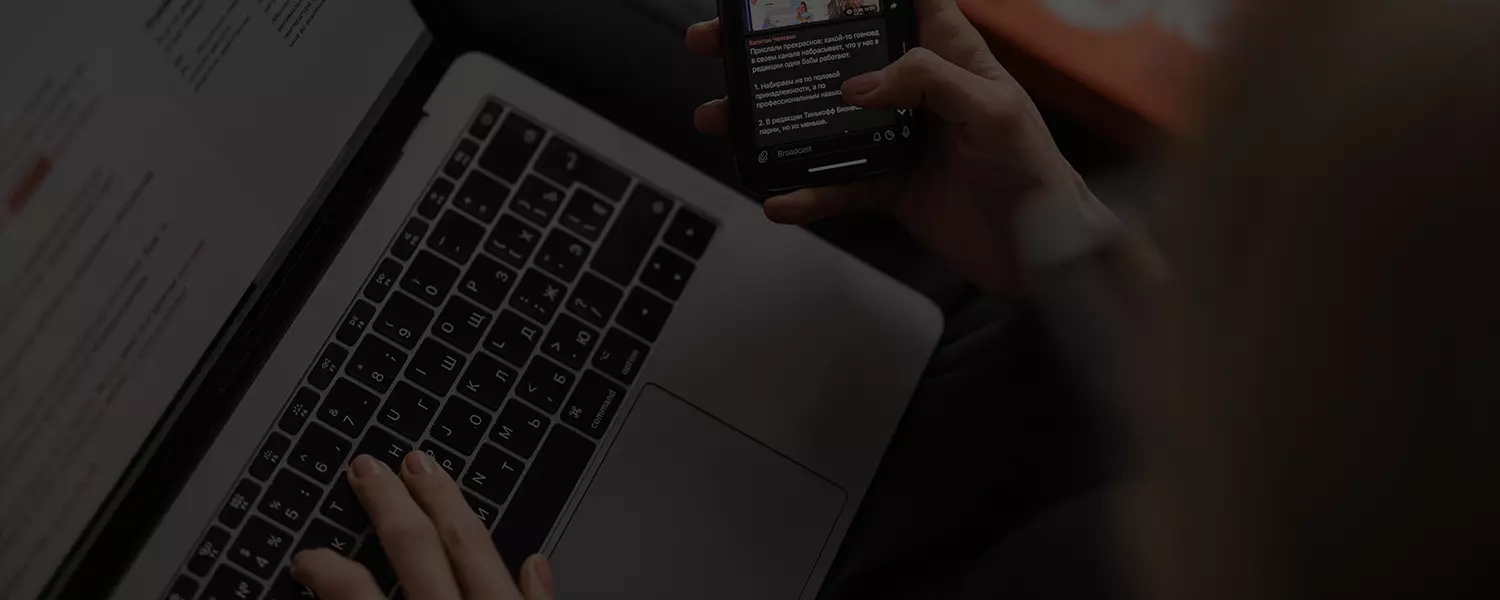
High Court overturns finding against catastrophically injured teenage boy
In Queensland, people who sustained injuries from motor vehicle accidents may lodge claims for compensation against the at-fault driver’s Compulsory Third Party Insurance (CTP). Likewise, a passenger of the at-fault vehicle is also eligible to claim compensation against the at-fault vehicle’s CTP. However, when the claimant and the at-fault driver are in the same vehicle, the CTP insurer may scrutinise on a critical issue “who was the actual driver?”. This becomes the key issue in the highly contested Queensland case Lee v Lee.

Lee v Lee case attracted much attention from the legal sector and the general public. The Appellant, a 17-year-old Taiwanese boy, went through the Court hierarchies to the full court of the High Court of Australia, being questioned about his and his mother’s credibility as witnesses. He ultimately convinced the High Court that he was truly the victim of the tragic accident, and was awarded compensation of over $3 million.
Factual Background
On 25th September 2013, a tragic car crash had left a 17-year old teenage boy, Lien-Yang Lee (the appellant) with incurable partial tetraplegia. The accident occurred due to the fatal head-on collision between two vehicles, Toyota Tarago (“Tarago”) and Nissan Patrol (“Nissan”) on an isolated road on North Stradbroke Island. The appellant being the backseat passenger in the Tarago lodged CTP claim against his father, and RACQ Insurance Limited (RACQ).
Key Issue: who caused the accident, the unlicensed teenage boy, or his father who is an experienced driver?
1. Trial Division
1.1 Witness Evidence Denied
At the trial stage, the trial judge formed an adverse impression of the credibility of the boy and his mother, who had given oral evidence that the father was the driver. RACQ defended to claim a likelihood of fraud by the witnesses, given that the boy’s blood was found on the deployed airbag at the driver’s side.
1.2 Nissan Driver’s supporting evidence
The Nissan Driver expressed his view that after 30 to 90 seconds of the collision, there was no-one sitting on the driver’s seat of the Tarago. He helped the father to remove the other two children from the car while the father was standing between the first and second rows of the back seats. He had the recollection that three young children were in the backseat of the vehicle, and he believed the father must have been the driver.
1.3 RACQ’s hypothesis
However, RACQ contended that the boy was the driver as evidenced by the DNA report which stated that his blood was found on the deployed airbag. RACQ argued that during the 30 to 90 seconds intervals, the father had lowered the driver’s seat and pulled the boy into the rear passenger seat because several expert reports found against the boy’s case that the father had wiped his hands on the airbags after touching the boy’s bleeding face.
1.4 Finding
The Trial judge concluded that he was satisfied based on evidences as a whole that the boy was the driver of the Tarago, and ordered the boy to pay costs to RACQ.
2. Court of Appeal
The Court dismissed RACQ’s hypothesis on the basis that insufficient explanations were made to overturn the presence of the boy’s blood on the deployed driver’s airbag. The Court relied significantly on the DNA evidence presented on the airbag and the nature of the boy’s facial and teeth injuries which made it inherently probable that the boy was the driver. The boy appealed to the High Court.
3. High Court
The High Court did not rule on the finding of facts by the trial judge but place an emphasis on the finding of law – inference drew from the finding of facts. Taking all circumstances into account, the High Court found it highly improbable as to RACQ’s hypothesis that the father retrieved the boy from the driver’s seat to the backseat within 90 seconds. The High Court finds that the boy was not the at-fault driver at the time of the collision and he should be awarded compensation in the sum of $3,350,000 against RACQ.
If you suffered injuries from a motor vehicle accident, please contact Ascent Lawyers for a free consultation.






